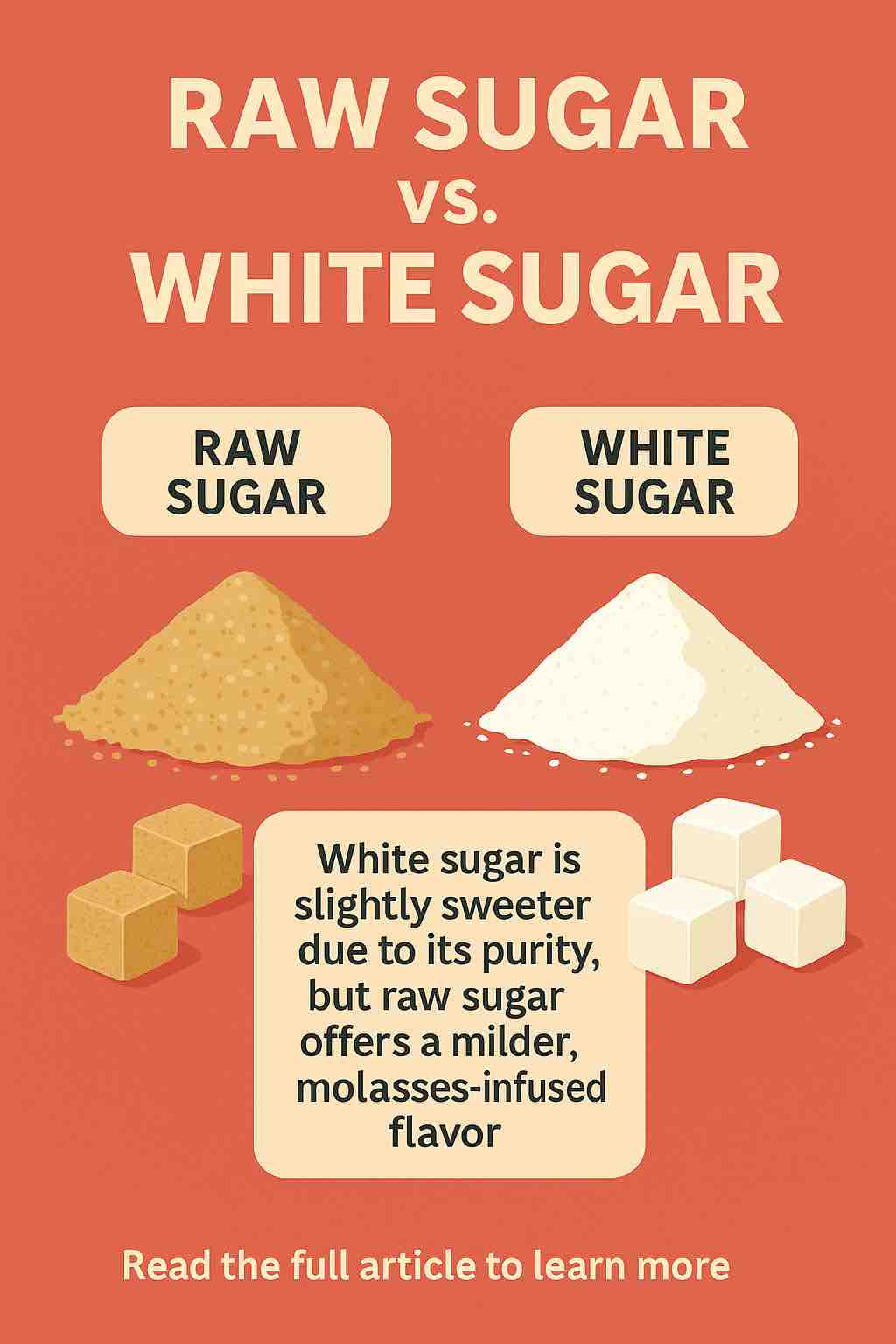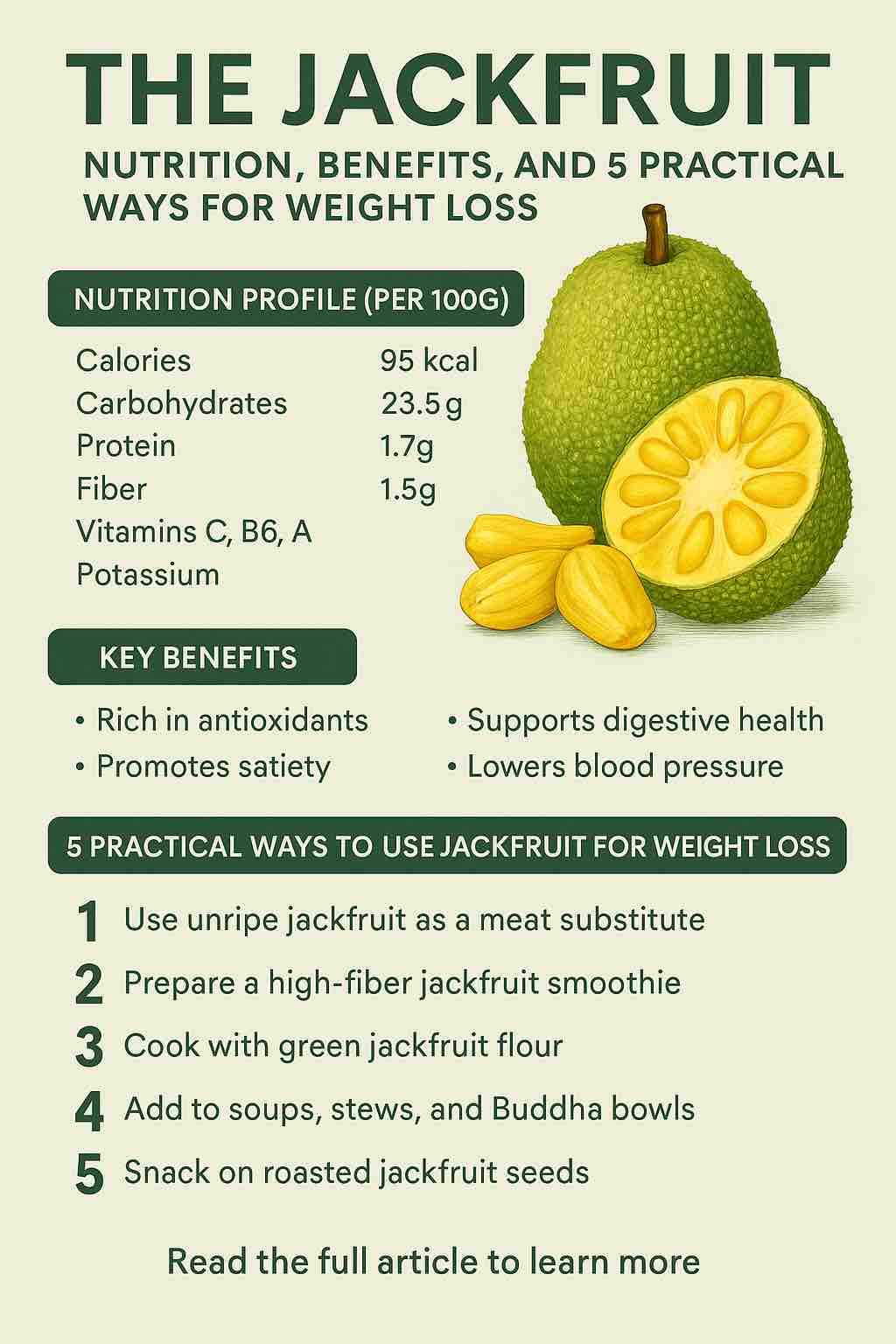
Sugar is one of the most common ingredients in kitchens worldwide, sweetening everything from your morning coffee to decadent desserts. But not all sugars are created equal. If you’ve ever stood in the baking aisle wondering whether to grab raw sugar or white sugar, you’re not alone. Each has its loyal fans and claims about flavor, health benefits, and sweetness.
In this blog post, we’ll unravel the mysteries behind raw sugar and white sugar, comparing their production, sweetness, nutrition, culinary uses, and health impacts — so you can make the sweetest choice for your needs.
What Exactly Is Raw Sugar?
Raw sugar, also known as turbinado or demerara sugar (depending on the brand and processing), is sugar that has undergone minimal refining. It’s derived from sugarcane juice, which is boiled and crystallized but not fully stripped of molasses, the dark syrupy component naturally found in sugarcane.
Key features of raw sugar:
- Light golden to amber color.
- Coarser, larger crystals.
- Slightly sticky texture due to residual molasses.
- Subtle caramel or toffee-like flavor notes.
Because raw sugar retains some molasses, it offers more complex flavors than white sugar — which might explain why it’s popular for sprinkling on baked goods or in specialty coffee drinks.
What About White Sugar?
White sugar, or granulated sugar, undergoes a rigorous refining process that removes molasses entirely. The sugar crystals you find in white sugar are nearly pure sucrose, typically over 99.9%, resulting in a bright white, fine, and uniform texture.
Key features of white sugar:
- Pure white color.
- Fine, uniform crystals.
- Clean, neutral sweetness without additional flavors.
- Dissolves quickly and evenly.
White sugar’s neutral flavor and smooth texture make it extremely versatile in cooking and baking, where uniform sweetness and texture are critical.
The Sweetness Showdown: Raw Sugar vs. White Sugar
When it comes to sweetness, what matters most chemically is the sucrose content—the sugar compound responsible for sweetness perception. Here’s what science tells us:
- White sugar is about 99.9% sucrose.
- Raw sugar is roughly 96-99% sucrose.
This slight difference means white sugar is purer, but does it make it sweeter? Not necessarily.
Why? The molasses in raw sugar adds flavor complexity but can slightly mask the pure sweet taste of sucrose. So while chemically white sugar might edge out raw sugar in pure sucrose content, raw sugar offers a richer flavor profile that some might perceive as less sweet but more nuanced.
Bottom line: In terms of pure sweetness intensity, white sugar is often perceived as sweeter, but raw sugar offers a pleasant, rounded sweetness due to molasses.
Nutritional Face-Off: Is Raw Sugar Healthier?
A popular myth is that raw sugar is a healthier alternative to white sugar because it contains “natural minerals” from molasses. While this is partly true, the reality is a bit underwhelming.
Nutritional facts per teaspoon:
| Nutrient | White Sugar | Raw Sugar |
|---|---|---|
| Calories | ~16 kcal | ~18 kcal |
| Sucrose | 99.9% | 96–99% |
| Trace Minerals | None | Tiny amounts of calcium, iron, potassium |
The trace minerals in raw sugar come from molasses, but they are so minimal that they don’t provide meaningful nutritional benefits. The caloric content is almost the same. Both sugars will have similar effects on blood sugar, as their glycemic index hovers around 65, classified as a medium GI food.
So, if you’re choosing raw sugar thinking it’s a “healthier” option, it’s not a significant upgrade over white sugar.
How Do They Perform in Cooking and Baking?
If you’re a baker or home chef, this section is especially important.
- White sugar:
- Dissolves quickly.
- Provides consistent sweetness.
- Contributes to the texture and color of baked goods without altering flavor.
- Ideal for delicate recipes where precise sweetness is essential.
- Raw sugar:
- Larger, coarser crystals.
- Adds crunch and a mild caramel flavor.
- Often used as a topping on muffins, cookies, and crumbles.
- Works well in recipes where a slight molasses flavor is desirable.
Pro tip: If you substitute raw sugar in recipes designed for white sugar, expect changes in texture and flavor. Raw sugar crystals don’t dissolve as quickly and can result in grainier textures if not adjusted properly.
The Health Perspective: What Should You Know?
Neither raw sugar nor white sugar is a health food. Excessive sugar intake is linked to weight gain, increased risk of type 2 diabetes, heart disease, and dental problems.
- The trace minerals in raw sugar don’t offset the negative effects of sugar consumption.
- Both sugars should be consumed in moderation.
- For better health, focus on reducing total added sugar intake regardless of the type.
If you want to reduce sugar impact, exploring natural sweeteners like stevia, monk fruit, or erythritol could be a smarter choice.
Glycemic Index (GI)
Both raw and white sugars have a medium glycemic index of approximately 65, indicating a moderate impact on blood glucose levels. This is comparable to the GI of sucrose, which is also around 65 .
So, Which Sugar Should You Choose?
If sweetness is your only concern: White sugar offers a slightly more intense sweet taste due to its purity.
If you want flavor complexity: Raw sugar’s molasses content delivers subtle caramel notes that enhance certain recipes and beverages.
If you’re thinking health: Neither sugar offers significant benefits. Moderation is key.
If you bake: Consider texture and dissolution—white sugar is more versatile, but raw sugar adds a lovely crunch and flavor boost when used appropriately.
Final Thoughts
Choosing between raw sugar and white sugar often comes down to personal preference and specific culinary needs rather than sweetness or health superiority. Both provide the same core ingredient—sucrose—and behave similarly in your body.
The next time you reach for sugar, think about what you want to achieve:
- Pure sweetness? White sugar.
- A hint of caramel flavor? Raw sugar.
- Health benefits? Neither—cut back on sugar overall.
Sweetness is subjective, but with the facts in hand, your choice can be a more informed one.
If you found this post helpful, share it with your friends who love baking or enjoy a good cup of coffee! Got questions or want to dive deeper into sugar science? Drop a comment below — I’m here to help.













